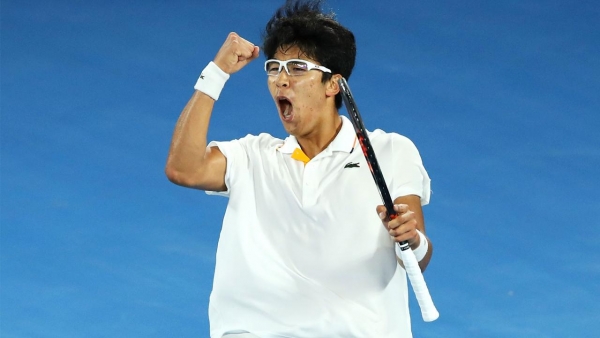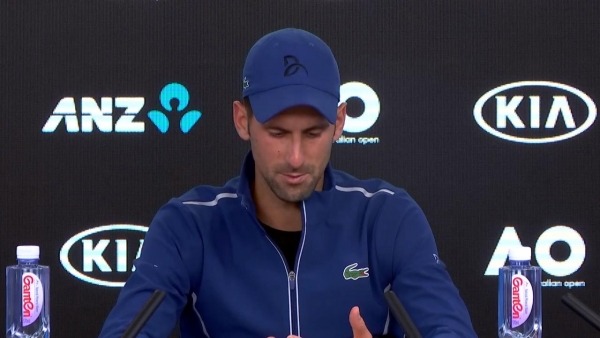As ridiculously easy as Roger Federer has always managed to make things seem, the delayed, aborted and/or troubled comebacks of long-time rivals Andy Murray and Novak Djokovic have perhaps added a further exclamation point to what the Swiss was able to achieve in his comeback major from a six-month injury break last year.
As Federer prepares for a 14th Australian Open quarter-final on Tuesday night against Tomas Berdych, Murray is back home in chilly Britain recovering from the hip surgery he had avoided but then had no option but to have, and Djokovic is contemplating the options he wishes involved practice times and scouting reports rather than medical appointments and MRIs.
All vastly different types and scales of injuries, of course, but it’s the Djokovic elbow that is the current talking point, and big concern. In his first major since his quarterfinal retirement tournament at Wimbledon, the six-time champion at Melbourne Park was beaten in three sets by exciting young Korean talent Hyeon Chung in the round-of-16 on Monday night.
His slightly modified ("compromised" in the Serb's own words) service action contributed to nine double faults, as the 30-year-old battled through increasing pain from late in the 68-minute first set. But Djokovic stressed that he was grateful for the chance to play four matches when he unsure if he would even get to the starting line, the premature finish notwithstanding.
“It was a good tournament, of course. I mean, it's disappointing to go out in the fourth round,'' he said. "The circumstances are such. I have to accept it. That's the reality. It's frustrating, of course, when you have that much time and you don't heal properly.
“But it is what it is. There is some kind of a reason behind all of this. I'm just trying my best obviously because I love this sport. I enjoy training. I enjoy getting myself better, hoping that I can get better, perform and compete. Today was one of those days where, unfortunately, it was too much to deal with.’’
As to whether another extended lay-off is required, Djokovic said post-match that he was unsure of the solution. “I have to reassess everything with my team, medical team, coaches and everybody, scan it, see what the situation is like. Last couple weeks I played a lot of tennis. Let's see what's happening inside.’’
Experienced sports medicine expert Dr Peter Brukner, said that although surgery was among the options, the question that will be asked is: will that help?
“The issue is he’s tried the non-surgical route and that hasn’t worked, clearly, so whether surgery is going to do any better or not is arguable,’’ said Brukner, the professor of sports medicine at La Trobe University, with a long client list that has included AFL, soccer and the Australian cricket team.
“If they thought surgery was the best treatment, they’d have done the six months ago. It sounds like the tissue is pretty degenerative and it’s not that easy to restore degenerative tissue.
“It’s a load issue, really. There’s enormous forces going through those two tendons at the elbow with the topspin and so on, so it’s probably not surprising.
“It’s like an Achilles in a runner or a patellar tendon in a basketballer or a volleyballer. It’s just enormous forces through these tendons and they don’t have a good blood supply, so they take a long time to heal, and that's why we try and find things that help.’
Cortisone typically has been one option, and blood injections among the newer treatments, although the jury is still out as to the effectiveness, and whether it’s the time off and the rehabilitation that actually makes the difference, according to Brukner.
Then there’s surgery, and there’s no doubt that Team Djokovic will be considering every avenue to usher the former world No.1 back to competitive good health.
“Tendons are one of the biggest challenges we have in our area,’’ said Brukner. “Once they’re in trouble, it’s very hard to get them right in a really elite athlete. You’d imagine Novak had the best opinions, the best physios, the best treatment and all that sort of stuff. And that hasn’t enabled it to withstand the load.''

